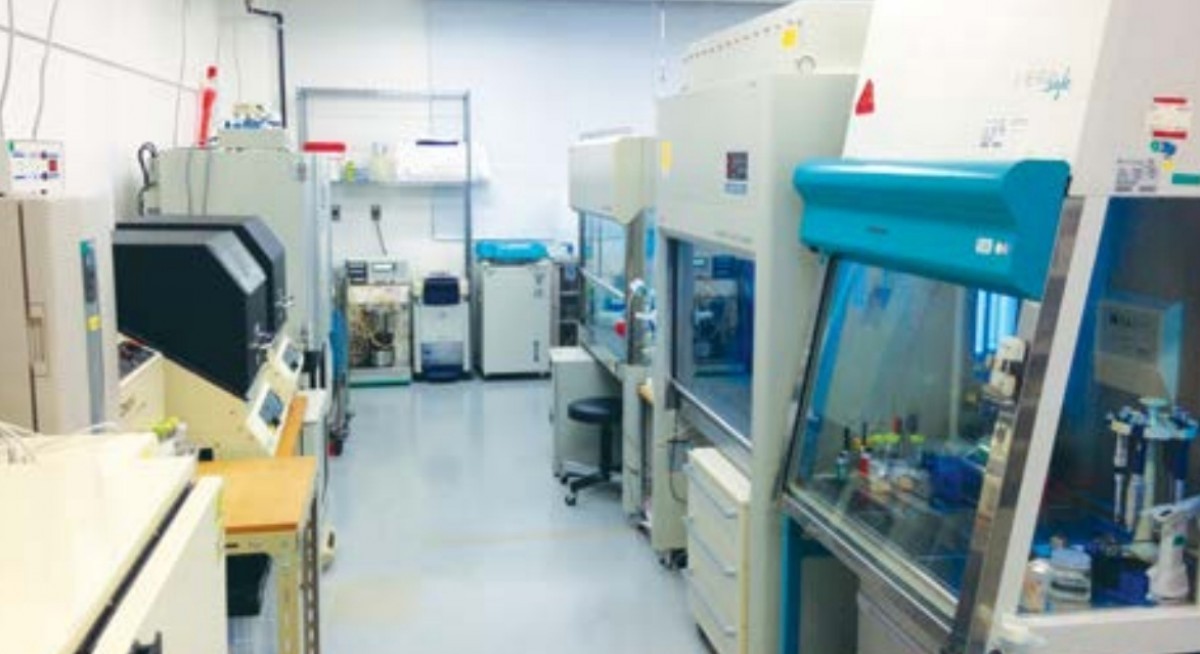CDW Holding has announced a “breakthrough” in the performance of its anti-fouling ship hull bottom paint.
In a recent underwater immersion test conducted by the group at Osaka Sakai Old Port, plates that were painted with CDW’s additive showed no barnacle attachment.
The shipping sector has grappled with heavy fouling issues in recent years, in which heavy fouling by marine organisms have increased hull friction, leading to greater fuel consumption, higher operating costs and carbon dioxide emissions as more engine power is needed.
Under moderate fouling, fuel consumption can increase by as much as 20%, and in some documented cases, the rise can be as high as 40% depending on vessel speed and fouling severity.
As such, anti-fouling coatings containing bio-repellent agents are applied to ship hulls. When exposed to seawater, these agents migrate to the surface and leach into the water, deterring the attachment of marine life.
CDW has harnessed its organic synthesis technologies to add new functionality to functionalized graphene, owned by a partner research institution. The goal is an additive that strengthens conventional anti-fouling ship hull bottom paints, and enhances the durability of marine protection by reducing the accumulation of marine organisms like barnacles and algae.
See also: Keppel signs MOU with JTC Corporation to advance low-carbon energy infrastructure on Jurong Island
With this recent outcome of CDW’s additive showing no barnacle attachment, CDW’s aim is to further enhance material functionality and broaden its compatibility with commercial coatings. The group is also looking for a strategic partner for the next product development phase and future commercialisation.
Shares in CDW closed 0.1 cent higher or 0.763% up at 13.2 cents on Nov 24.




